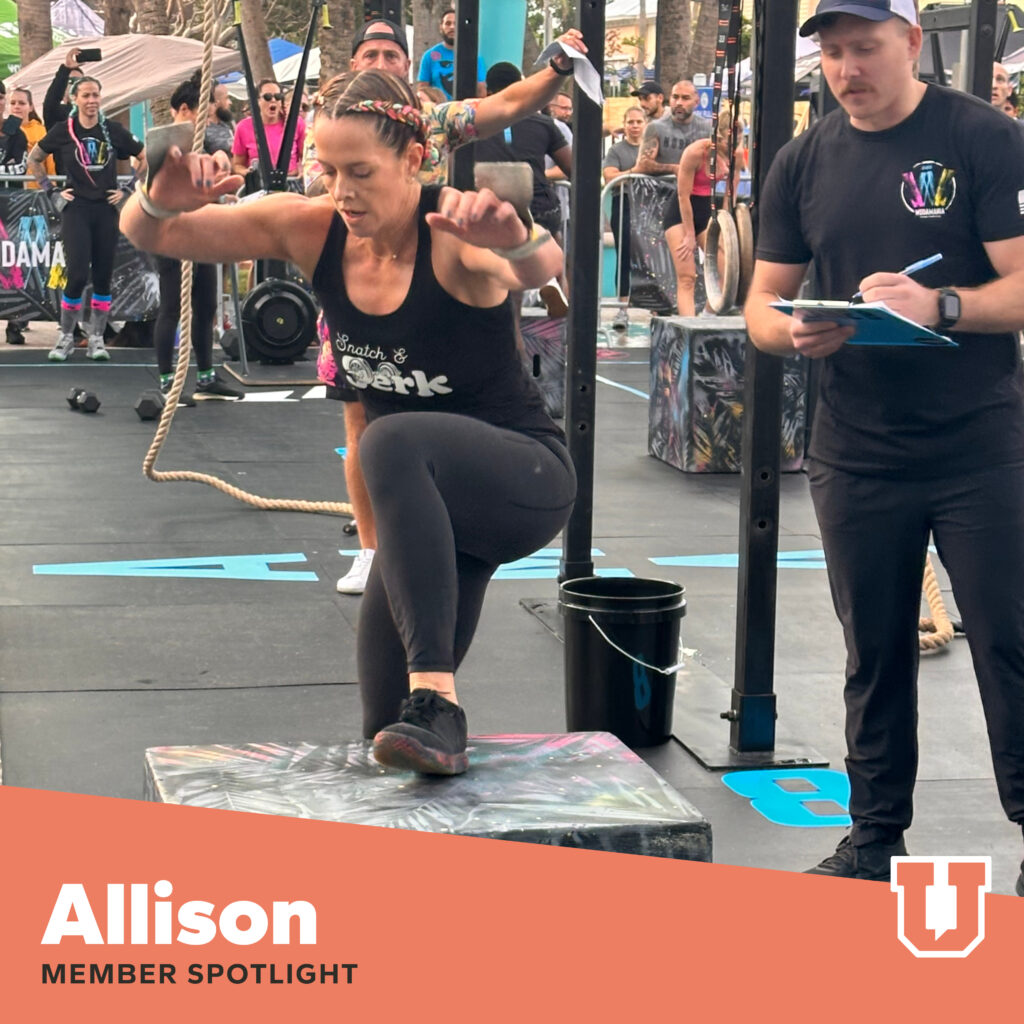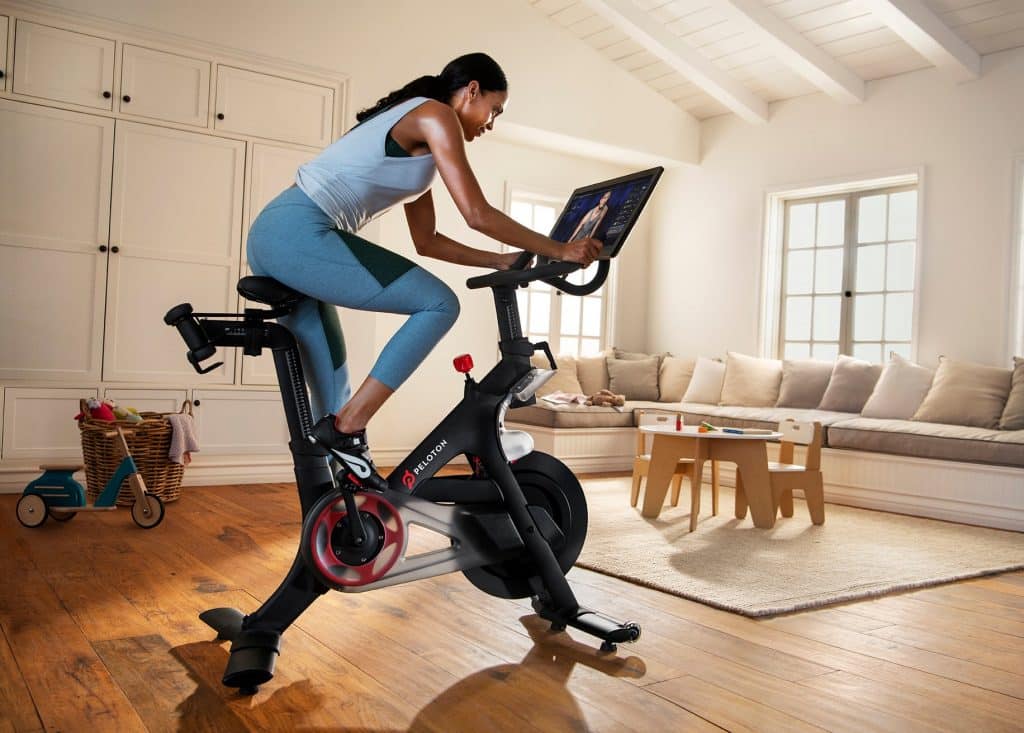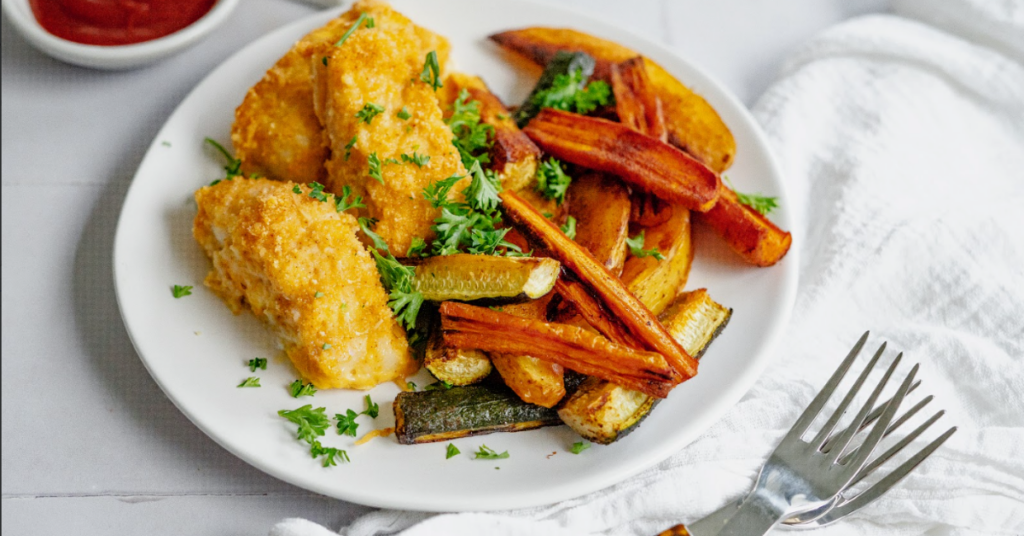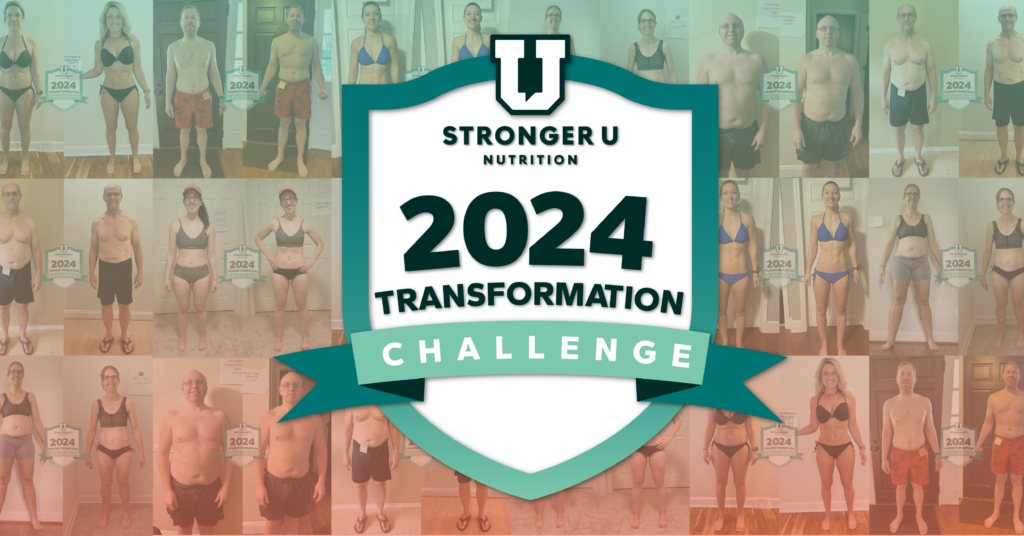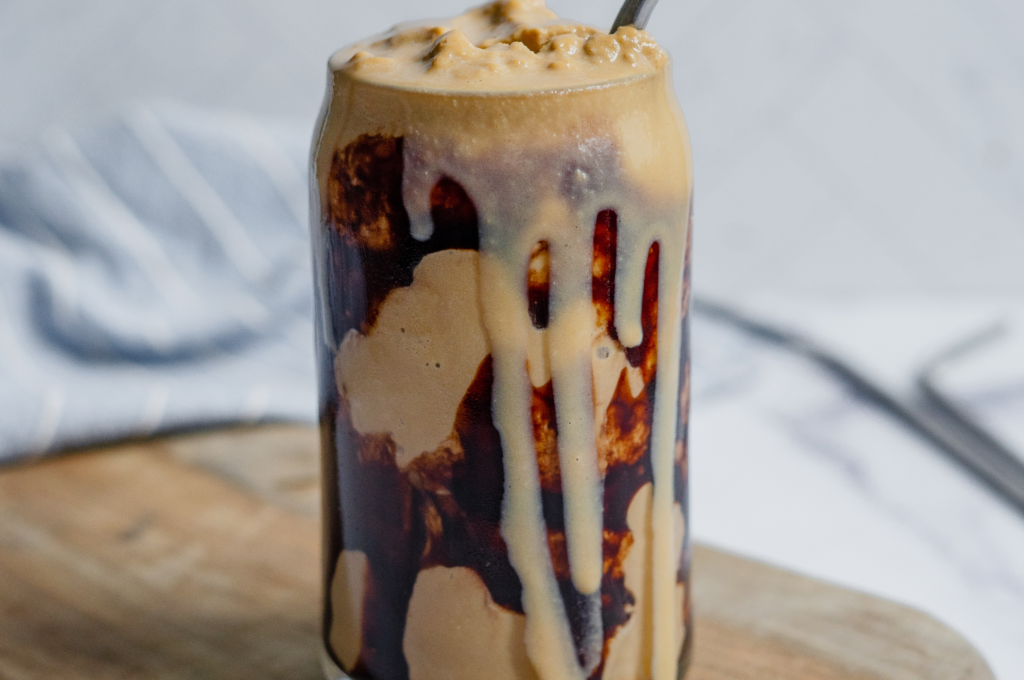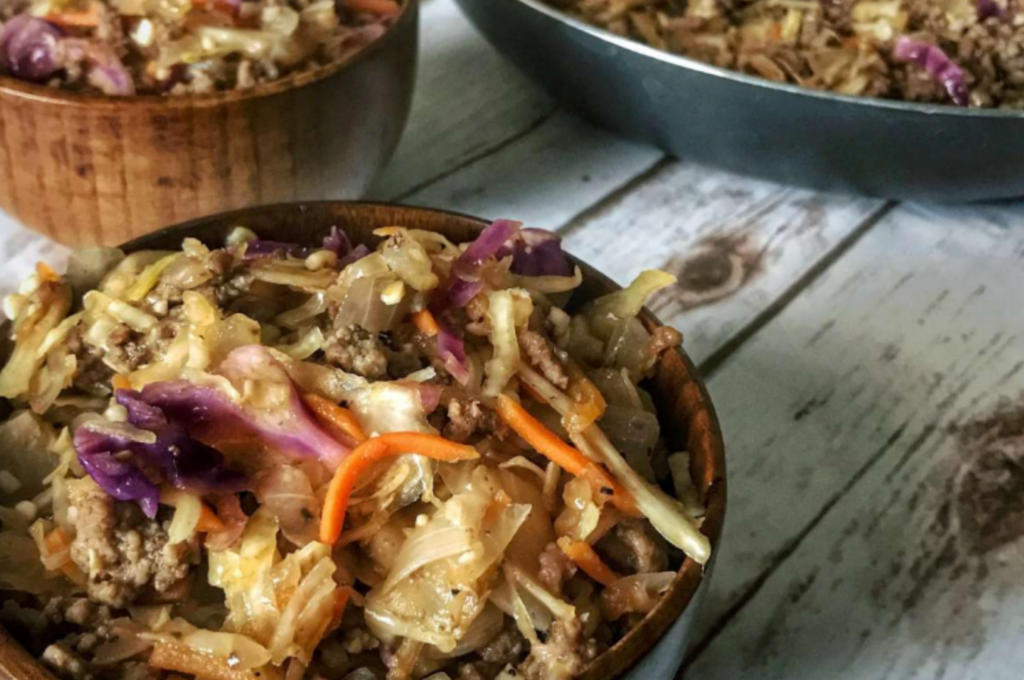We all know what it’s like to start a diet feeling really motivated.
The first 8-10 weeks go really well and we even lose a couple pounds each week. We’re cruising along, energy is high, we’re feeling good, our willpower tank is running high, cravings aren’t too bad, then out of nowhere, life happens.
Some stress at work arises and we get into a big argument with our boss.
Then the weekend comes up and it’s our kids 5th birthday party. We just want to relax and not stress so much about our diet. I mean, we’ve been doing so well, so what can a few pieces of cake hurt?
Suddenly we’re not nearly as motivated as we were at the beginning and willpower has begun to flounder. We’re hungrier, experiencing more cravings, and adherence has started to slip (maybe even subconsciously). To top it off, we’re no longer making any progress.
This is where people normally do one of two things — they quit and go back to the old habits that led them to seek a diet plan in the first place; or they think they need to slash their calories, do more cardio, and push the envelope even further.
Instead, what if we simply eased up on the gas and shifted gears — spending some time maintaining the progress we’ve made while alleviating some of the stress we’ve built? This doesn’t mean we’re giving up on our goal, it’s quite the opposite. It’s the equivalent of getting the oil changed in your car. We can’t drive our car forever because eventually, the motor will blow up, so every few thousand miles, we have to change the oil so that we can continue driving.
Going into lifestyle mode for a little bit is just like changing your oil.
Mike wrote a great blog back in March briefly explaining the differences between diet mode and lifestyle mode, which is something that I think you should go read if you want a complete understanding of what these two different modes might look like.
Kind of like Mike mentioned in his blog, lifestyle mode is one of the most confusing phases that someone can go through. It looks and feels different than diet mode, and going into lifestyle mode without a clear understanding of what lifestyle mode might look like and why it matters so much can set you up for disaster. The emotional and physical pay off that comes with diet mode isn’t quite there with lifestyle mode.
It can be harder to emotionally understand and internalize — which is why I wanted to put this blog together. To help you understand why lifestyle mode is important, what it might look and feel like, and why it can help you out.
Lifestyle mode is what we at Stronger U call maintenance and it’s where we should hang out most of the time. It’s the phase after a fat loss or cutting phase where the primary goal is no longer staying in a calorie deficit, but instead eating some of those cookies our daughter baked, enjoying our workouts, and not constantly checking if the scale is better today than yesterday.
This doesn’t mean that we have to reach our “end goal” before entering lifestyle mode. In fact, it’s not a bad idea to toggle back and forth between these two modes even if we still have fat to lose. Research shows that this actually improves the likelihood of maintaining our progress.
Maybe we go into diet mode for 12 weeks, shift to lifestyle mode for 2-6 weeks, then back to diet mode for 12 more weeks, and repeat until we reach our end goal. Or maybe we don’t have much to lose and reach our goal in 12-15 weeks of diet mode, then transition into lifestyle mode forever.
Plenty of people move back and forth between the two for a number of reasons. In fact, one of the most common reasons people move into lifestyle mode? To allow themselves to have a stress-free holiday season.
This time of year is notorious for being hard on someone who is trying to stick to a diet. There are family parties, work parties, and all kinds of seasonal goodies every which way we turn. That’s hard to manage, especially when you’ve spent the last 3 months in a calorie deficit. Which is why it’s not uncommon to see some people move into lifestyle mode heading into the holidays. It’s not calling it quits on your diet — it’s playing the long game and understanding that it might be easier to adhere to your plan once you make it through the holiday season.
There’s no right or wrong length of time, and ultimately, whether or not you want to be in diet mode or lifestyle mode is a decision that is always up to you. But, that being said, there are some typical indicators that we might want to start spending our time in lifestyle mode:
- We’ve reached our fat loss goal.
- We’ve been in diet mode for more than 12-15 weeks, we’ve lowered our total calorie intake multiple times, adherence is on point, and we’re still not losing fat.
- Our hunger and cravings are becoming very difficult to manage.
- Our adherence is no longer where it needs to be for multiple weeks.
- We’re feeling super burned out.
If you notice, those last 4 points might read a bit like what it might feel like to be burned out. That’s because hard dieting for an extended period of time does begin to feel like burning yourself out. That’s normal and what we can expect to happen when we spend months on end in a caloric deficit. But that doesn’t mean that taking a little bit of a break is a bad thing. I know how frustrating it can be when we need to go into lifestyle mode for any of these reasons except number one, but a good way to reframe it is that we’re taking one step back to take two steps forward. That’s a consistent rhythm in all aspects of life, and toggling back and forth between diet mode and lifestyle mode is no different.
Diet mode is where we work our way down and begin crafting our new habits, lifestyle mode is where we hang out and work to cement those new habits into something that’s long-lasting and sustainable. That can wind up meaning that the two modes have some of the same features, but that doesn’t mean they’re the same.
The most important thing with diet mode is that we don’t let it look too much like lifestyle mode. In diet mode, we know that we want to stay focused and chip away at our goal. We’ve decided to purposefully eat at a calorie deficit to lose weight or body fat so that we can eventually move to lifestyle mode and make those new results a lifestyle, not a temporary diet.
Conversely, when we’re in lifestyle mode, we still need to work on the same habits that we built during diet mode, like protein with each meal, stop eating when we’re full, mindful of portion sizes, drinking our water, etc. But we have a little more freedom a little less stress, and we’re not using the scale, our measurements, or our pictures to gauge how we’re doing each week.
Have you made it this far and you’re still wondering just which one of these you might be in? Here are some common examples of what diet mode and lifestyle mode look like in practice:
Diet mode: You’re focused on a specific fat loss goal and you have your eye on the prize.
Lifestyle mode: You’re focused on other things in life. Maybe your kids. Maybe it’s a stressful season for you. Maybe it’s work, etc.
Diet mode: You’re eating less than you want every day (aka a calorie deficit)
Lifestyle mode: You’re eating more food but you’re still keeping things in check (aka maintenance calorie intake)
Diet mode: You’re hitting your macros +/-5g each day and trying to be as on point as you possibly can.
Lifestyle mode: Maybe you’re hitting your macros within 10-15g or you’re only tracking calories and protein.
Diet mode: You’re limiting the number of times that you eat out (maybe 1-2x per week) and choosing a lean protein and broccoli.
Lifestyle mode: You’re eating out more frequently and still trying to make good choices but maybe you occasionally get a burger and fries without worrying about perfect macros.
Diet mode: You turn down your grandma’s cookies (alright, maybe you can have one).
Lifestyle mode: You eat the cookies grandma baked for you. But you try your best not to eat the ones she baked for everyone else too.
Okay, so simple enough. In diet mode, we’re purposefully eating less and we know that, whereas in lifestyle mode we’re just living our life and food is merely one aspect of that. But what does lifestyle mode actually look and feel like? After all, everyone talks about diet mode all the time — but nobody talks about what comes after diet mode. So, what can we expect in lifestyle mode?
- The scale may increase a little. As long as we’re keeping things in check and we’re around the calorie intake we need to be, this won’t be fat. It’ll be stored carbs (glycogen) and water. Remember that each gram of carbohydrate our bodies store, it also stores 3-4g of water.
- You may feel “heavier” even if you don’t gain any scale weight. You’ll be eating more food so you have more food digesting in your gut at all hours of the day and then there’s the whole stored carbs and water thing that I mentioned above.
- Performance will improve, sleep will improve, you should have higher energy, fewer cravings (at least after a few weeks of lifestyle mode), and you’ll feel less diet stress.
Lastly, some practical tips on transitioning into lifestyle mode:
- If you’re coming out of a long phase of “diet mode,” stay in diet mode for at least the first few weeks (3-4 weeks or so) as you’re transitioning to “lifestyle mode.” This can be a hard transition for people as you’ll be experiencing some hunger and cravings, but now you’re allowed more food, so it can be easy to go overboard on total calories.
- Lifestyle mode does not mean that you get to go back to all of your old habits. You’ll continue practicing the good habits that you’ve built but now you can allow yourself a little more flexibility, mostly because calories will be higher which means you may be able to fit in a little more occasional “treat.”
If you take anything out of this blog, I hope it’s this: diet mode is the easy-to-understand part of this whole journey. Diet mode is where we get those incredible transformation pictures from, and it’s the kind of thing that people think of when they think of losing weight. But diet mode isn’t where people learn to make lasting change — that happens in lifestyle mode, and lifestyle mode is the place that we should all aim to spend the majority of our time in. Because, after all, food and how we treat it should be something that supports and improves our life, not dictates how we live it.


